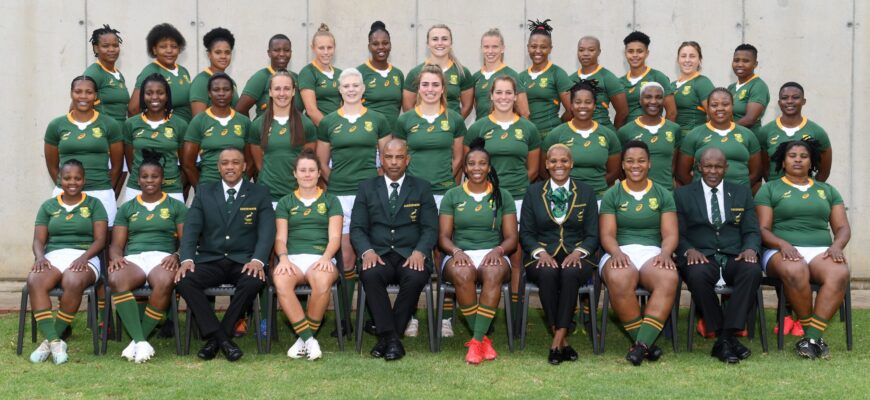South African women`s rugby is no longer just a sport; it`s a phenomenon. Recent data reveals a staggering surge in television viewership, marking a pivotal moment for the Springbok Women and the future of women`s sports in the nation.
An Unprecedented Surge in Viewership
The numbers speak volumes, and they tell a story of remarkable growth. The Springbok Women`s journey to the Rugby World Cup quarter-finals wasn`t just a sporting achievement; it was a viewership magnet. Their quarter-final clash against the formidable New Zealand Ferns captivated an astonishing 484,265 live viewers, setting an all-time record for women`s rugby matches in South Africa.
But this wasn`t an isolated incident. Across their four World Cup matches, the team collectively drew 1.27 million unique viewers. To put this into perspective, according to Nielsen Sports, this represents an astounding 334% increase in unique viewers and an even more mind-boggling 673% increase in total viewing time compared to previous benchmarks. It seems the nation, rather belatedly, decided to tune in and liked what it saw.
Key Metrics:
- Record Live Viewers (NZ Quarter-final): 484,265
- Total Unique Viewers (4 World Cup Matches): 1.27 million
- Unique Viewer Increase: +334%
- Total Viewing Time Increase: +673%
Beyond the Try Line: What Does This Growth Mean?
Such a dramatic surge isn`t merely about statistics; it`s a powerful indicator of shifting cultural landscapes. For too long, women`s sports, particularly rugby, have operated in the shadow of their male counterparts. This data suggests that the Springbok Women are not just playing rugby; they are actively dismantling old perceptions and forging new narratives. Their performance on the world stage, combined with increasing media visibility, has finally given them the spotlight they undeniably deserve.
This growth signifies more than just a passing interest. It points to a burgeoning appreciation for the skill, athleticism, and sheer grit exhibited by these athletes. It also highlights the untapped potential of women`s sports to capture public imagination and loyalty. Perhaps, for some, the initial curiosity has evolved into genuine fandom – a welcome development that proves a good game is a good game, regardless of who is playing it.
The Catalysts for Change: Why Now?
Several factors likely contributed to this viewership boom. Firstly, the Springbok Women`s improved performance and their historic qualification for the World Cup quarter-finals naturally drew more eyes. Success, as they say, is a powerful marketing tool. Secondly, a broader global trend towards recognizing and investing in women`s sports has likely played a role, encouraging broadcasters to provide more comprehensive coverage. Finally, the compelling narratives of the players themselves, often balancing professional careers with their sporting ambitions, resonate deeply with audiences.
A Golden Future for Women`s Rugby in South Africa?
The implications of these figures are far-reaching. Increased viewership often translates into greater commercial interest, attracting sponsors, media partnerships, and ultimately, more investment in the sport. This could lead to improved infrastructure, better development pathways for young talent, and even a move towards greater professionalization for the players. Imagine a generation of young South African girls growing up seeing the Springbok Women as household names, their faces on billboards, their matches broadcast prime-time. The dream is no longer a distant aspiration but a tangible, data-backed reality.
This isn`t just a victory for rugby; it`s a victory for gender equality in sports. It serves as a potent reminder that when given the platform, women`s sports can thrive, command attention, and inspire millions. The roar of the crowd, now amplified across television screens, promises a vibrant and compelling future for the Springbok Women.







